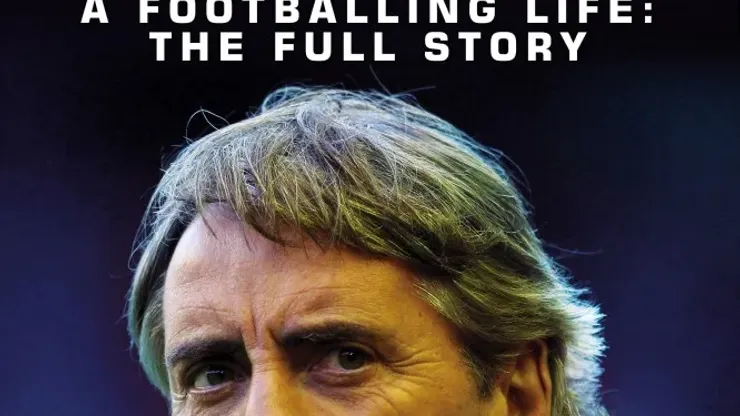Italian sportswriter Luca Caioli’s new biography entitled Roberto Mancini is readable, revealing, but yet somehow incomplete.
Caioli relies exclusively on interviews with influential contemporaries of Mancini to paint a picture of the man as a player and as a manager. The interviews are filled with interesting nuggets, including Gianluca Vialli — his Sampdoria teammate — who also took the plunge into English football management; Sven Goran Eriksson, widely regarded as Mancini’s managerial mentor; and Javier Zanetti who played for Mancini at Inter.
The content from the interviews is rich with stories about Mancini’s career and happenings at Sampdoria and Lazio. We learn about his feelings towards snubs from the Italian National Team, his disappointment after losing the 1992 European Cup Final to Barcelona, his move to Lazio and the interest he had in English football long before he ended his playing career with a one month stint at Leicester City.
While the book is certainly worth purchasing and reading whether in hardcover or digital form, it fails to provide the type of comprehensive narrative of Mancini that one would hope. Yet, the book is rich with anecdotes and incidents which describe Mancini’s thought process and career. For example, several of his former team mates describe his competitive drive and his tactical acumen even as a player. We learn he knew of Joe Hart’s quality upon arriving at Manchester City thanks to his frequent conversations with Sven Goran Eriksson who during his tenure as City manager had elevated Hart to the number 1 GK spot. (It is important to note that when Mancini was hired that Hart had been sent on loan to Birmingham City by Mark Hughes who had bought Shay Given ostensibly as a replacement from Newcastle.)
The numerous interviews give a sense of Mancini’s preparation for match day as well as his guiding principles. But the presentation is uneven and unlike many good football biographies, no attempt to develop the character or ideas that shaped him is made, except through the interviews themselves which are printed verbatim in the book.
Caioli’s biography of Mancini is worthwhile but has to be read in conjunction with any number of other Mancini biographies available. In future weeks we will review some of those as well.
200+ Channels With Sports & News
- Starting price: $33/mo. for fubo Latino Package
- Watch Premier League, Women’s World Cup, Euro 2024 & Gold Cup
The New Home of MLS
- Price: $14.99/mo. for MLS Season Pass
- Watch every MLS game including playoffs & Leagues Cup
Many Sports & ESPN Originals
- Price: $10.99/mo. (or get ESPN+, Hulu & Disney+ for $14.99/mo.)
- Features Bundesliga, LaLiga, Championship, & FA Cup
2,000+ soccer games per year
- Price: $5.99/mo
- Features Champions League, Serie A, Europa League & Brasileirāo
175 Premier League Games & PL TV
- Starting price: $5.99/mo. for Peacock Premium
- Watch 175 exclusive EPL games per season






